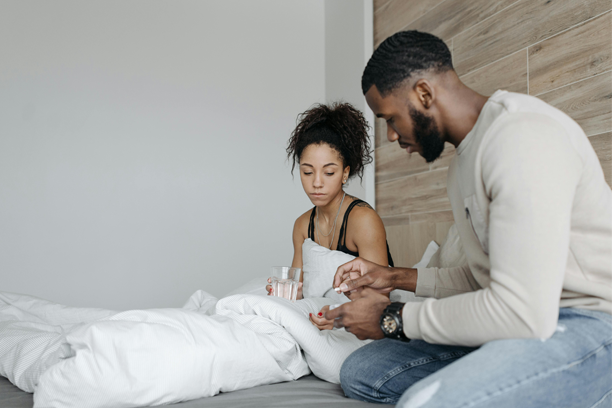Your Pathway
Resources
Explore the latest updates and changes in our community. Join us for events you won’t want to miss.
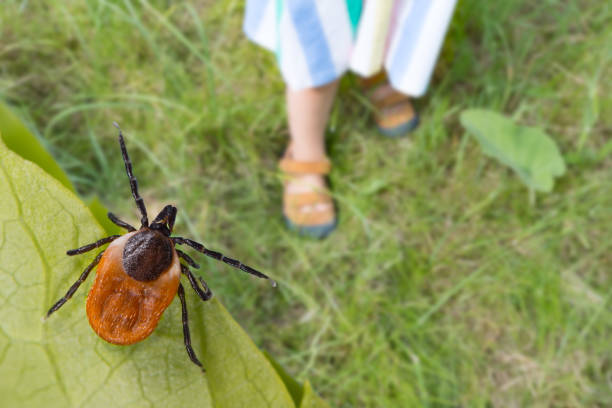
Prevention Education
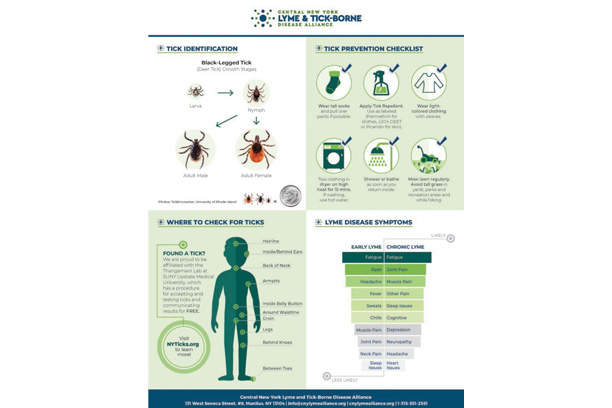
Tick Prevention Guide
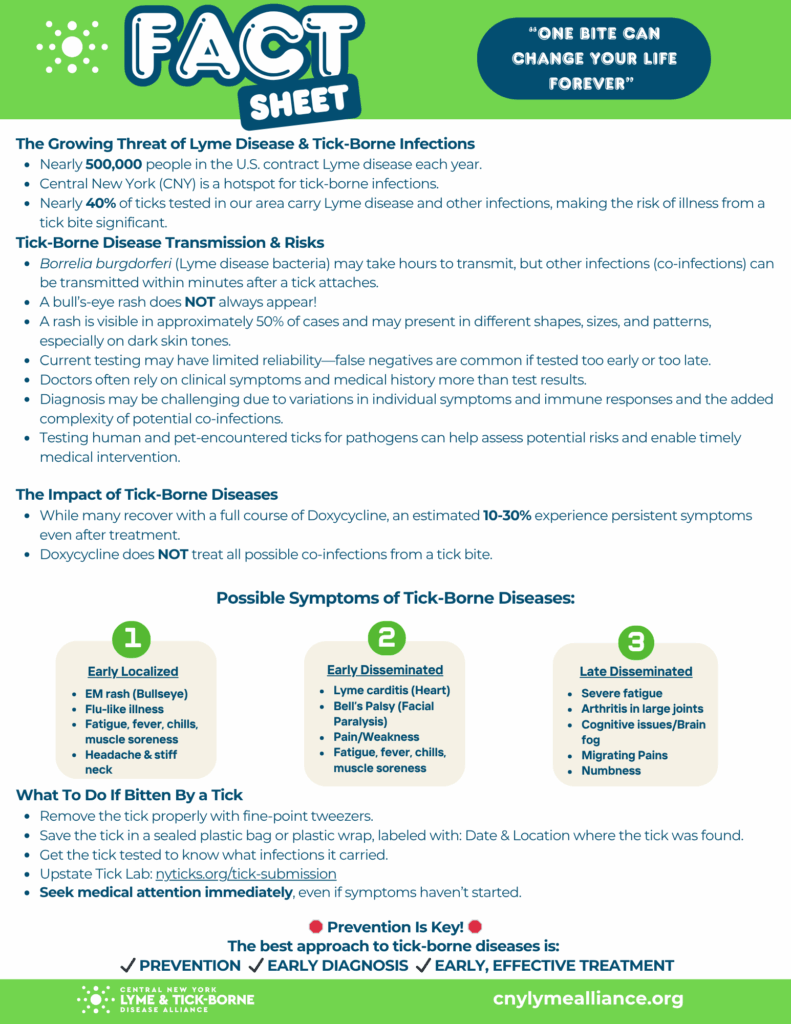
Tick Fact Sheet
“One bite can change your life forever.” Quick facts everyone should know about ticks and Lyme disease.

Protecting Our Pets

Local Providers
Connect with local health care providers who understand Lyme disease and can guide you through diagnosis, treatment, and ongoing support tailored to your needs.
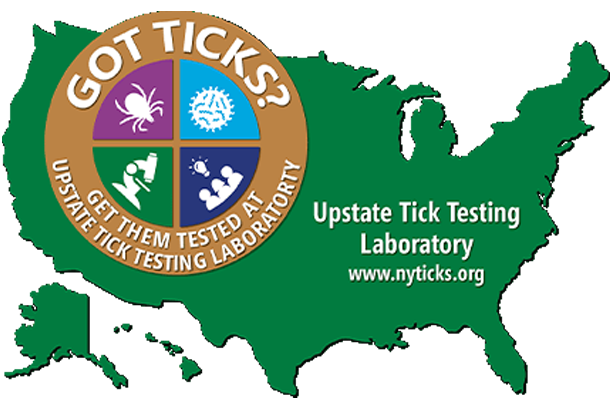
Save the Tick and send it out for testing!
Upstate Medical University’s Thangamani Laboratory provides tick testing services.
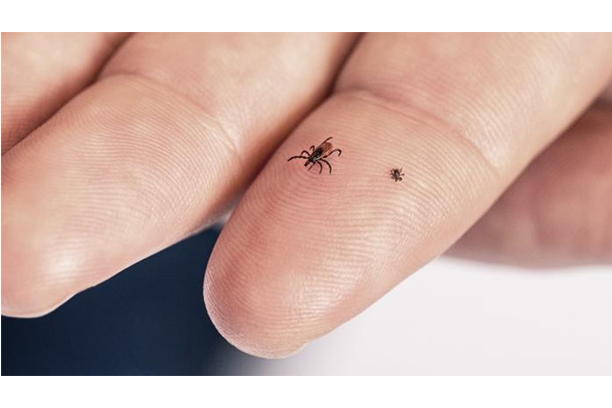
What diseases can ticks carry?
The CDC provides an overview of diseases carried by ticks, along with common signs & symptoms, diagnosis and treatment.

Support Group
Connect with others who understand the challenges of Lyme disease through support groups that offer shared experiences, emotional encouragement, and a sense of community.

Support Group
Connect with others who understand the challenges of Lyme disease through support groups that offer shared experiences, emotional encouragement, and a sense of community.

Financials Assistance Programs
Access grants and aid programs designed to help individuals and families manage the costs of Lyme disease diagnosis, treatment, and ongoing care.

What is PTLDS?
Post-Treatment Lyme Disease Syndrome (PTLDS) / Chronic Lyme / Persistent Lyme are names of a disease that results from an infection with Borrelia burgdorferi, which is carried by ticks.
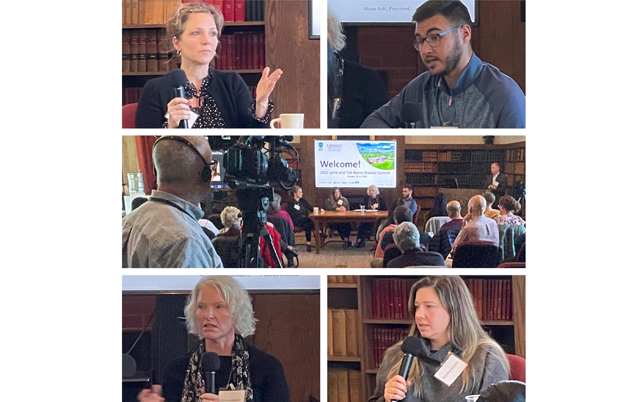
Lyme Summit
The Central New York Lyme & Tick-Borne Disease Alliance will host its 4th annual Lyme Summit on September 18 & 19, 2025 at the CNY Biotech Accelerator in Syracuse, NY.

Medical education for a changing climate
The Invisible Education Initiative focuses on vector-borne and environmental illness, utilizing a One Health framework. This initiative offers open access, free American Academy of Family Physicians accredited physician education. All courses are available for AAFP Prescribed Credits.
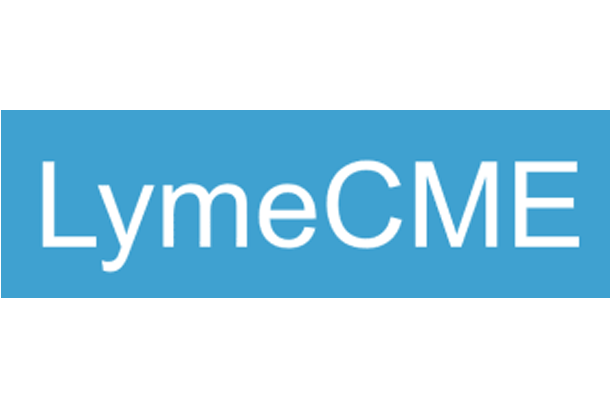
PTDE Webinars
Partnership for Tick-borne Diseases Education (PTDE) develops and makes evidence-based educational modules available to medical professionals regarding tick borne diseases for CME credits

ILADS: Vector-Borne Illness Fundamentals Course
The ILADS Vector-Borne Illness Fundamentals course provides an in-depth examination of the basic science, clinical experience, and trial evidence pertaining to the diagnosis and treatment of patients infected with Lyme and other tick-borne diseases.

Tick Surveillance Data
Our commitment to excellence is further underscored by our rigorous testing methods, which have been meticulously documented and published in peer-reviewed scientific journals. This unwavering dedication to research and innovation has culminated in the development of tickMAP, an interactive mapping tool designed to monitor the emergence of ticks and tick-borne pathogens.

Mucosal and Systemic Signatures Triggered by Responses to infectious Organisms (MAESTRO)
Advancing understanding of chronic illness following infection and identifying novel biomarkers of Lyme disease and Long COVID. The MIT MAESTRO study leverages leading edge technology through collaborations with academic and industry partners. The goal of our study is to investigate why some people develop chronic illness from acute infections using the lens of both chronic Lyme and Long Covid – while also answering one very important question: Who is likely to develop chronic symptoms after infection and why?

Child Outcomes after Lyme Disease in Pregnancy Study
Children’s National Hospital and Research Institute is conducting the first study on long-term child development after in utero Lyme disease exposure.

Clinical Registry for Patients with Lyme and Other Tick-borne Diseases
This Registry is a part of the Clinical Trials Network Coordinating Center (CTNCC) for Lyme and other Tick-borne Diseases at Columbia University. The CTNCC supports the conduct of research that is focused on the goal of identifying more effective treatments for patients with Lyme and other tick- borne diseases.

Post Treatment Lyme Disease Syndrome (PTLDS) Study
The Upstate Global Health Institute supports the development of vaccines, drugs, and diagnostics to improve the health of our global community. We accomplish our mission thru the conduct of high-quality clinical research supported by our volunteers. Join our mission by exploring our list of current clinical trials and contact us to learn how you can become a volunteer and get involved.

Transcranial Direct Current Stimulation (tDCS): A New Treatment of Brain Fog in Previously Treated Lyme Disease Patients
This Registry is a part of the Clinical Trials Network Coordinating Center (CTNCC) for Lyme and other Tick-borne Diseases at Columbia University. The CTNCC supports the conduct of research that is focused on the goal of identifying more effective treatments for patients with Lyme and other tick- borne diseases.

